Simplifying Organic Growing: The Best Growing Media Components

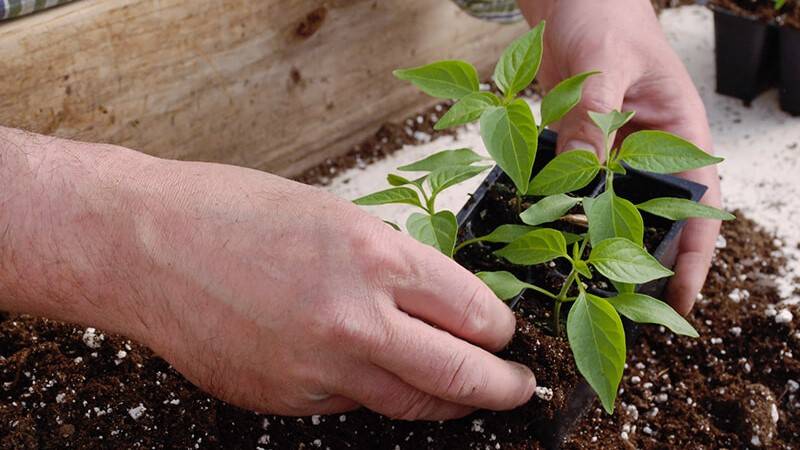
Formulating a growing medium that works for organic growers can be a challenge depending on what they are looking for. Organic growers often choose to use compost, peat, bark and other materials to make an organic growing medium. Some components are acidic and will require pH adjustment, and most organic components are hard to wet with water.
So, which are the best components and why?
Ideal Media Components to Improve Growing Medium Structure
For most growers, eliminating variables is a key to successful growing. Traditional organic materials such as Sphagnum peat moss, softwood bark (Image 1), coir (Image 2), perlite (Image 3), vermiculite (Image 4), expanded clays, etc., have been and continue to be used to create predictable, consistent growing media from year to year.
These materials have better physical properties because they are coarser than compost, soil or sand, so they can create larger, air-filled pores, reducing potential water logging (Table 1). They work together to allow for faster dry-out between waterings, so they are more forgiving when overwatered, especially during the cloudy winter and early spring months. The chemical properties of these materials are consistent because, unlike compost, they provide few mineral nutrients that can fluctuate, so there are no “hot or cold” pockets of nutrients in the growing medium.

|
Softwood Bark and Sphagnum peat mossImage 1. Softwood bark (left) and Sphagnum peat moss (right) are consistent growing medium components that work well for organic growing. Source: Premier Tech. |
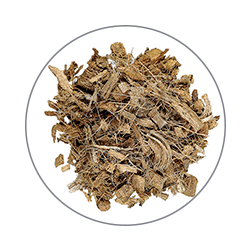
|
Coconut CoirImage 2. Coconut coir is used in organic growing media due to its ease of wetting with water. Source: Premier Tech. |
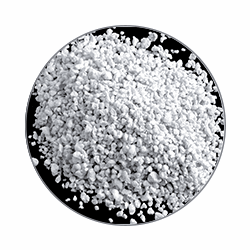
|
PerliteImage 3. Perlite is used to improve drainage and increase aeration. Source: Premier Tech. |
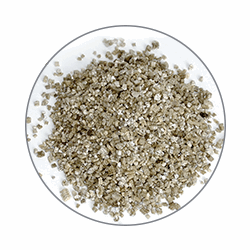
|
VermiculiteImage 4. Vermiculite is used to help with water retention and improves nutrient retention due to its high cation exchange capacity. Source: Premier Tech. |
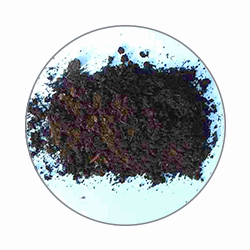
|
CompostImage 5. Compost is often used for organic growing. It provides some plant nutrients but consists of fine particles that compromise physical properties. Source: Premier Tech. |
Concerns With the Use of Compost
Compost can work well in a growing medium (Image 5). Most composts provide plant nutrients in varying levels but have poor physical properties. Properly composted materials consist of fine particles that plug up air-filled pores in the growing medium, thereby stressing plant roots due to lack of aeration (Table 1). Watering is critical as overwatering can quickly make a compost-based growing medium water-logged with a very slow dry-out rate.
This is especially a problem when starting vegetables or herbs in the winter/early spring when slow drying of the growing medium can increase the potential for root disease. Not to mention there is greater potential to attract fungus gnats which feed on rich organic material, such as compost, or shore flies that are looking for wet growing media to reproduce.
| Component | Air space | Dry-out rate | Nutrients provided | pH | Wettability |
|---|---|---|---|---|---|
| Bark | High | Fast | Few | Acidic | Poor |
| Coir | Moderate | Moderate | Moderate (CL, K & Na) | Sightly acidic | Good |
| Compost | Very low | Slow | High | Sightly acidic to akaline | poor |
| Peat moss | Moderate | Moderate | None | Very acidic | Very poor |
| Perlite | Very High | Fast | None | Alkaline | Good |
| Sand | Low | Moderate | Few | Slightly acidic to alkaline | Good |
| Vermiculite | High | Moderate | Few | Alkaline | Good |
Another major concern with compost is inconsistency. Unless there is a reliable and reproducible way to produce compost each year, it often has variability that can lead to unpredictable growth or varying availability of nutrients. The materials used to make the compost (leaves, grass clippings, food scraps, manures, etc.) must be the same each time as each has a different nutrient composition, texture, pH and soluble salts.
Improving Biological Properties of Growing Media
One of the preferred properties of compost is its biological properties. Compost is teaming with various beneficial microorganisms that can convert complex organic molecules into usable plant nutrients.
Soilless media formulated with Sphagnum peat moss, coir, bark, perlite, etc., have low populations of these microorganisms.
Nevertheless, growing media's value can be improved by adding active ingredients in them. Plants have evolved by growing alongside microbials and do not thrive without their long-time friends. These will occupy the medium and exclude the harmful ones coming from the outside, will bring beneficial activities and functionalities such as plant biostimulation and pathogen control, will alleviate abiotic stresses and so on. This provides an optimal environment with all favorable conditions for plant growth.
One such active ingredient is MYCORRHIZAE (mycorrhizal fungi), a natural fungus that comes standard with most PRO-MIX growing media. Mycorrhizal fungi colonize plant roots to obtain sugars from the plant and in turn, acquire nutrients and water for the plant where its roots are not present. Mycorrhizal fungi have been shown to secrete enzymes that aid in the “release” of usable plant nutrients from organic molecules.
Another group of active ingredients that are often incorporated into growing media are biofungicides*. Biofungicides* can be natural fungi or bacteria that colonize plant roots and then suppress root disease pathogens. They reduce the incidence of root diseases and plant loss, making disease management less laborious.
* PRO-MIX BIOFUNGICIDE US products are available under BIOSTIMULANT in Canada
pH Adjustment in Growing Medium
Since Sphagnum peat moss and bark are acidic, limestone is typically added to increase the pH of a growing medium. Limestone can be used in certified organic growing and is still the best material for pH adjustment of growing media. Learn more about how to maintain the proper pH of a growing medium.
Wetting Agents in Growing Medium
Sphagnum peat moss, bark and possibly compost can be hard to wet with water. Wetting agents are incorporated in traditional growing media to help hard-to-wet components absorb water, but they cannot be used for certified organic growing. Hence, yucca-based wetting agents are used as many are approved for certified organic growing.
Since they are plant-derived, microorganisms in the growing medium use wetting agents as food, causing their degradation. It is best to use an organic growing medium within 2 months (during the summer months) to 4 months (during the winter) after manufacturing to ensure that it properly absorbs water.
References:
- Fisher, P., J. Huang, M. Paz and R. Dickson. 2016."Having Success with Organic Growing Mixes." Grower Talks. Feb 2016, 68-72.